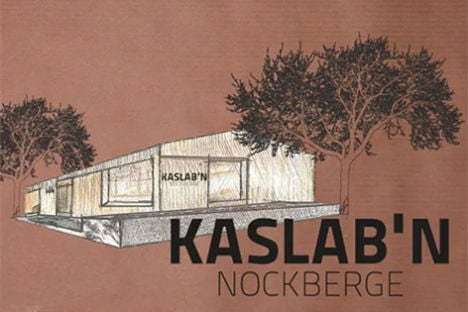Kaslab'n Nockberge is Carinthia’s first organic hay-milk cooperative dairy and it’s currently being built in Radenthein. The project founders are looking for investors – who will accept being paid in cheese instead of interest.
15 farmers are involved in the cooperative, which is run by chairman Michael Kerschbaumer. The project is expected to cost €2.5 million. Hay-milk cheese will be sold at the farm shop in Radenthein, which is scheduled to open in September.
The dairy herd graze on hay pastures in the summer and are fed hay and cereals in the winter – never silage. This is said to produce a superior tasting milk and cheese.
To finance the project the cooperative has chosen a citizen participation model. Investors can request to get any money they put in back as a lump sum, if they wish.
The borrowed capital will attract interest of up to two percent, which will be paid out once a year in the form of “cheese units”. Investors will receive vouchers that can be cashed in at the farm shop.
Kerschbaumer says the model has had success elsewhere in the region. “We’ve heard from other people that small construction companies have used this model, and it works!”
He added that investors will not be asked to put in a minimum amount, and that every €100 will make a difference.
He said many prospective investors have promised to contribute amounts from €500 to €1,000, and that so far the average investment is between €3,000 and €5,000.
Kerschbaumer is confident the project will succeed, as it has the right aims: “We produce healthy food, create jobs and provide a future for mountain farmers.”
Find out more about the project here: http://www.kaslabn.at/



 Please whitelist us to continue reading.
Please whitelist us to continue reading.